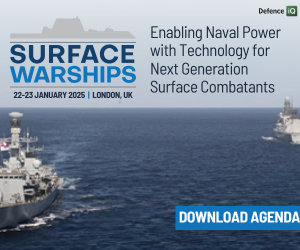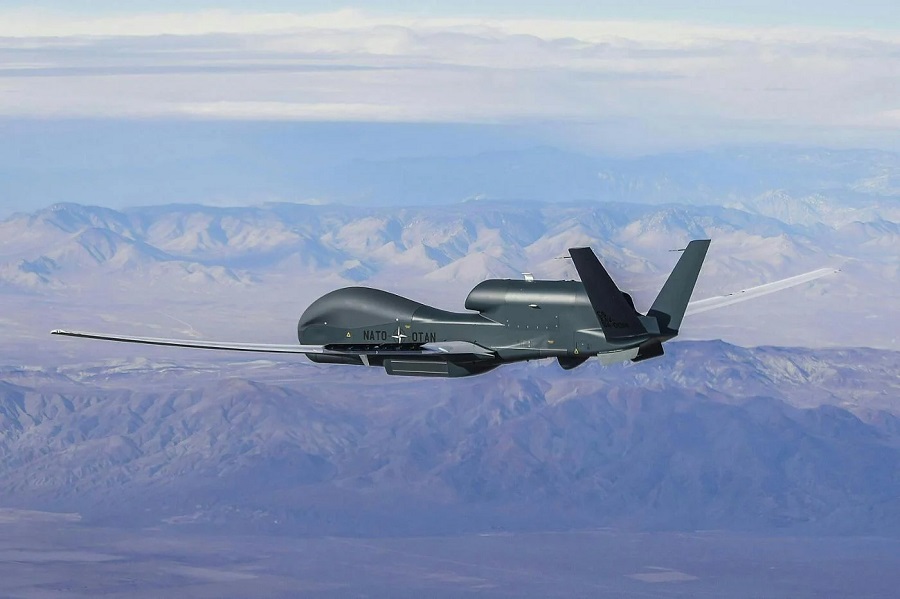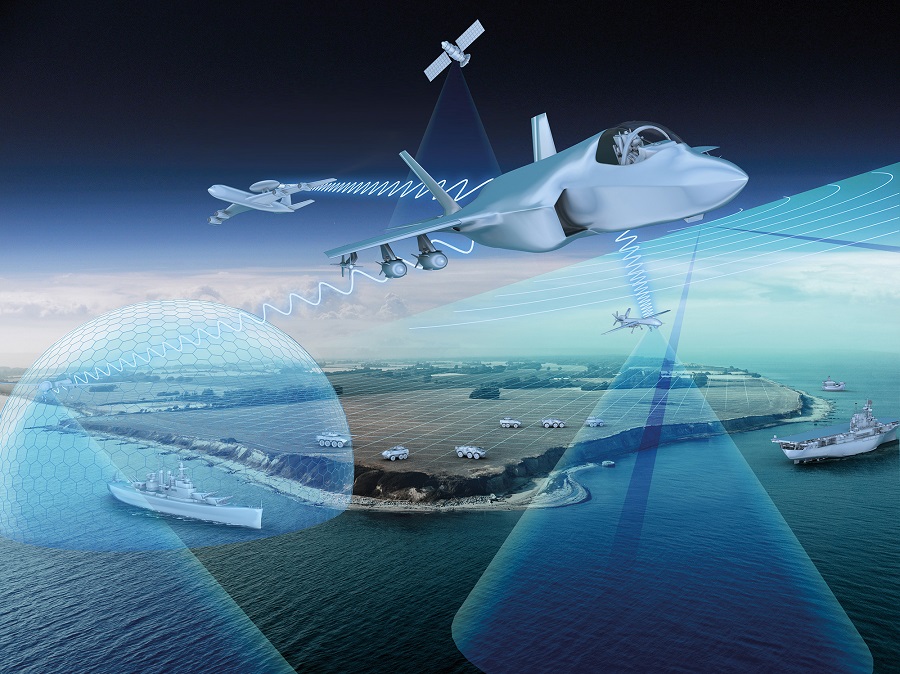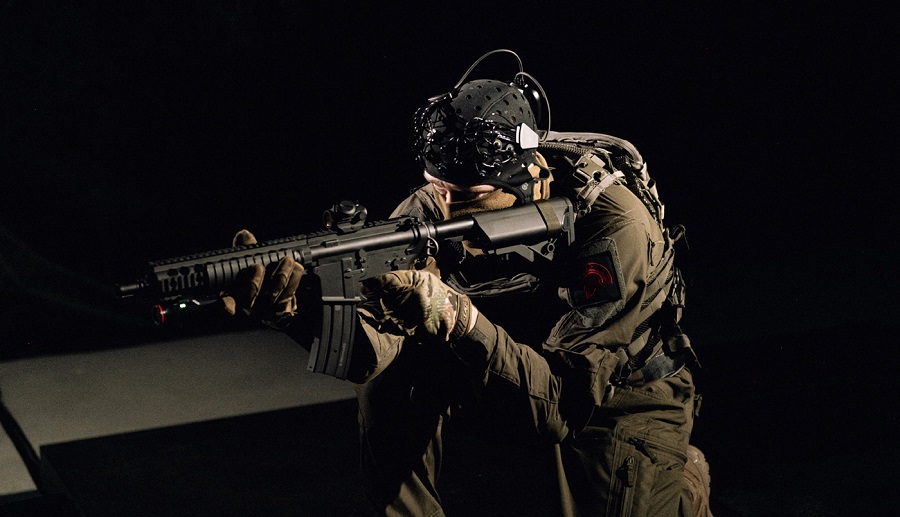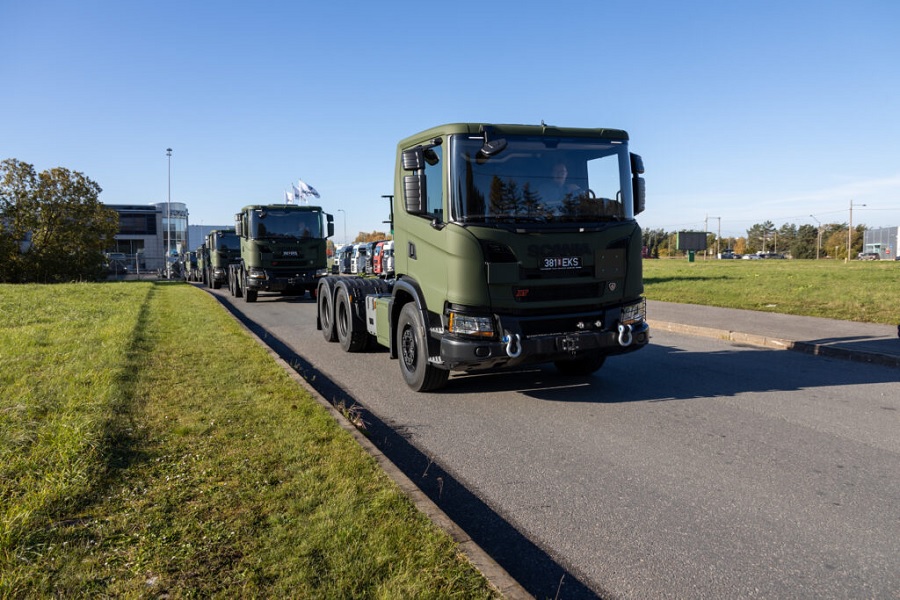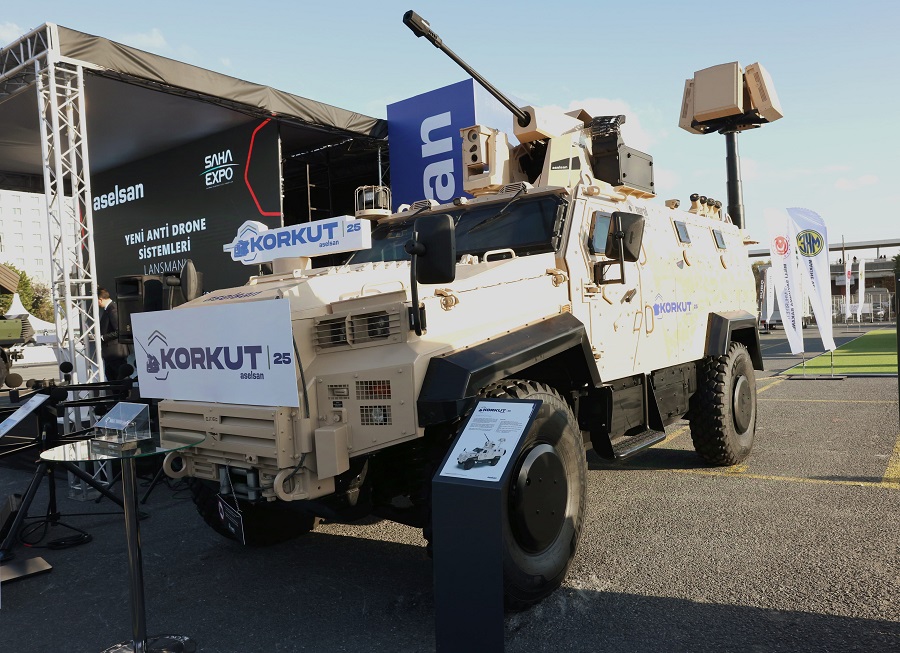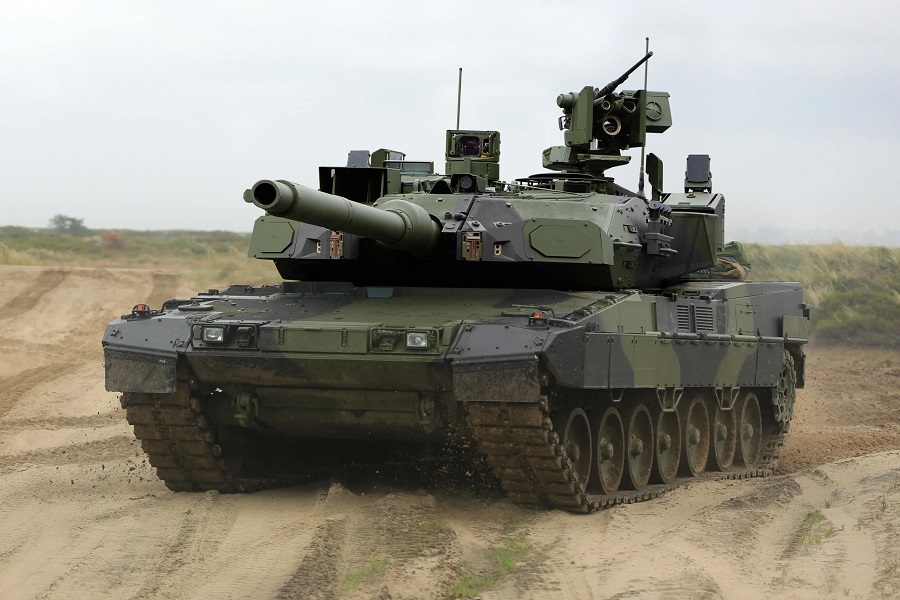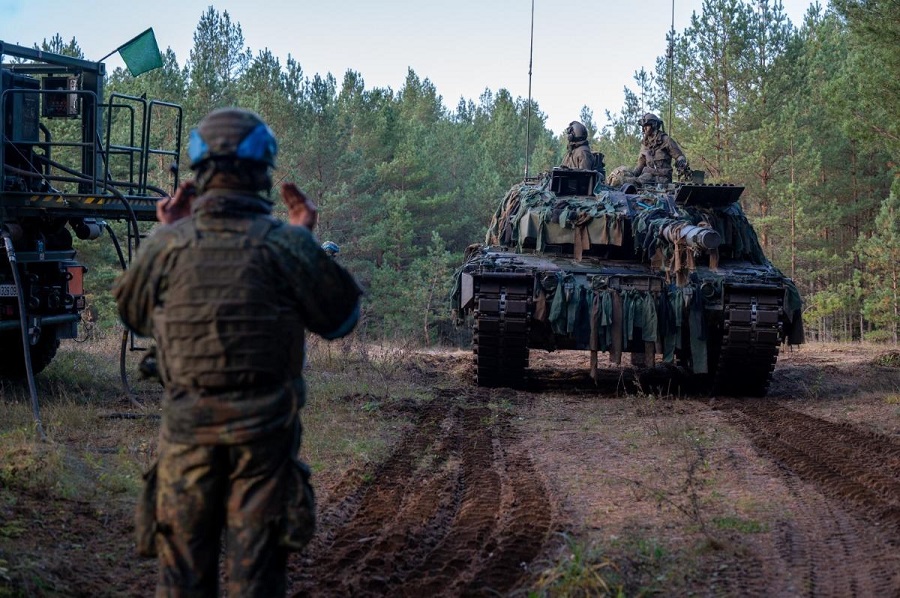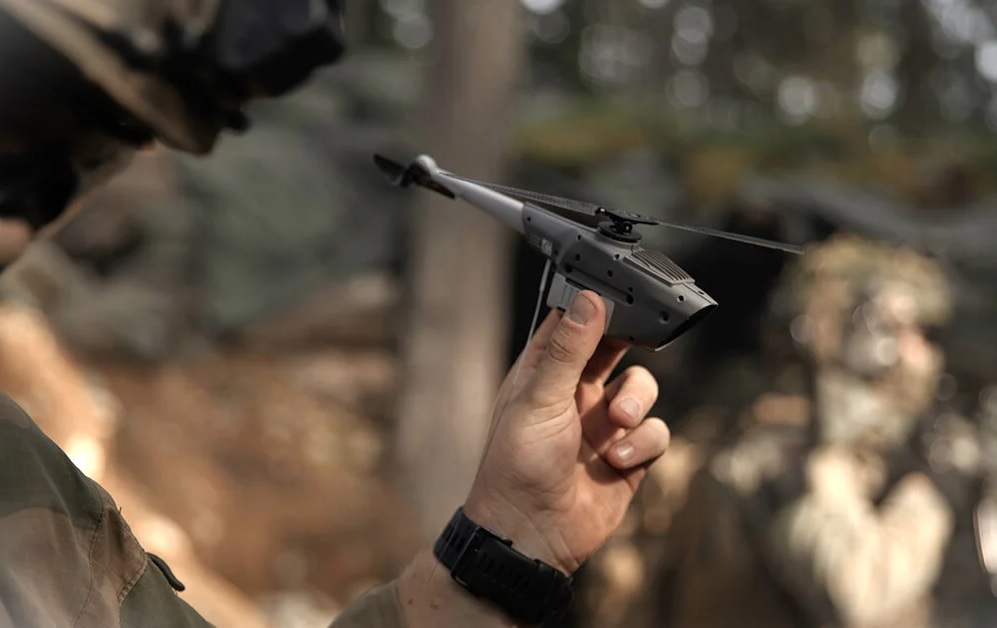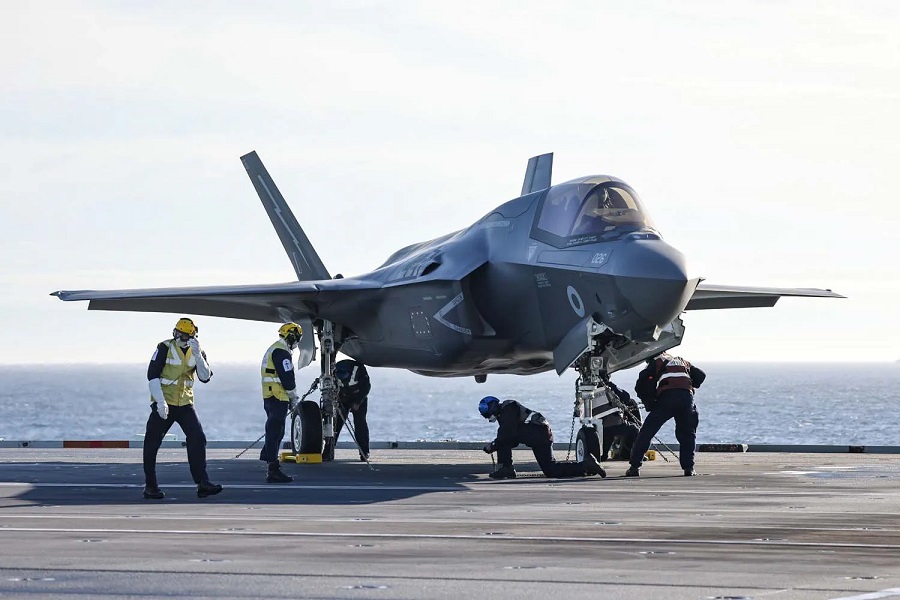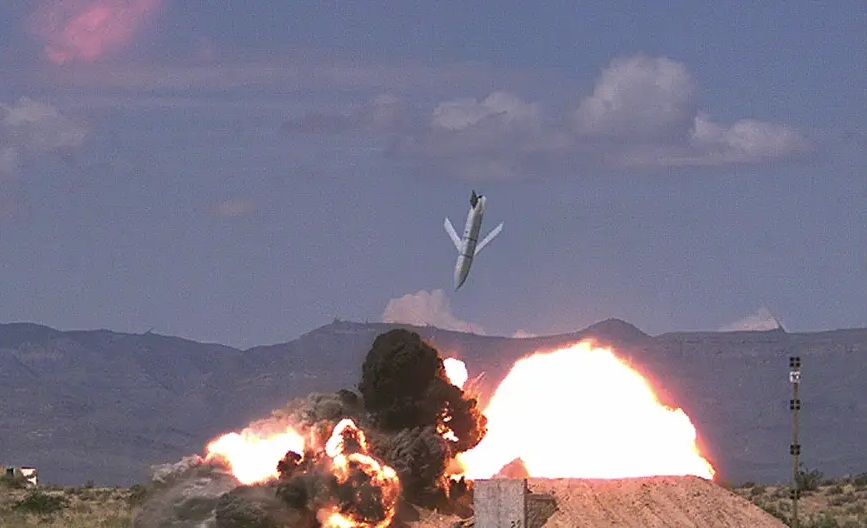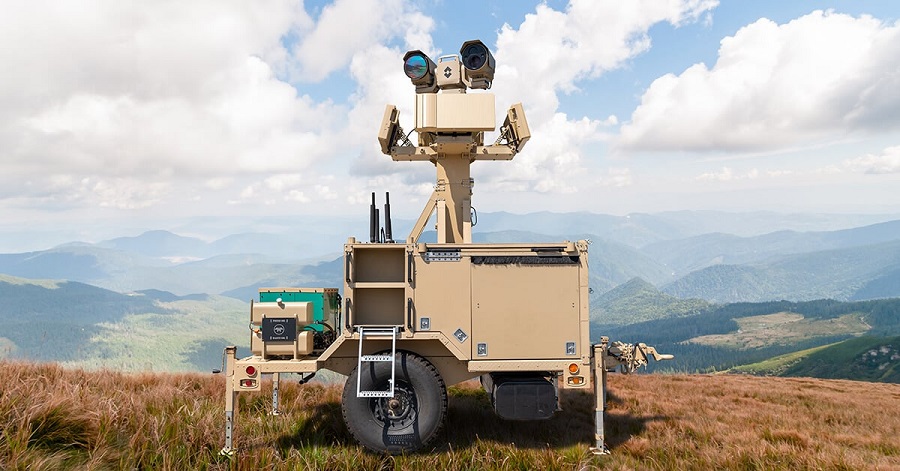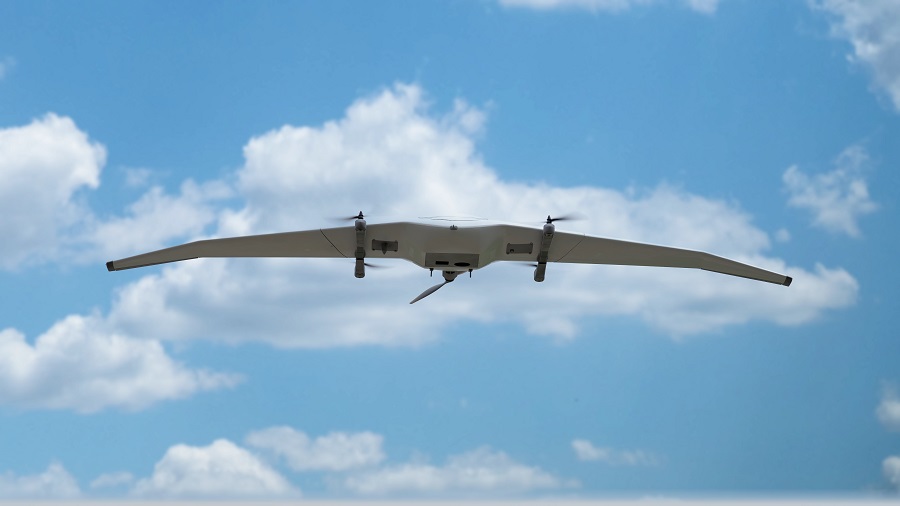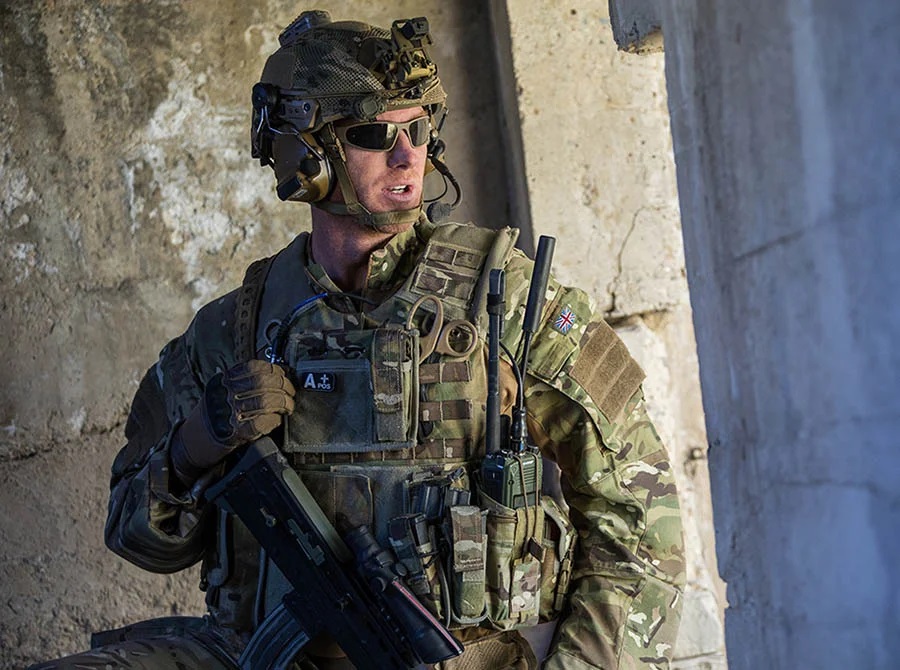NATO’s 2022 Strategic Concept – the Alliance’s guiding policy document for the next decade – emphasises that the Euro-Atlantic area is not at peace. It also brings a sense of urgency, by identifying Russia as “the most significant and direct threat”, and terrorism as the “most direct asymmetric threat”. These threat actors, as well as other potential adversaries, have been studying NATO’s strengths and weaknesses. For example, Russia often justifies its aggressive actions by pointing at various NATO crisis management operations and the ‘colour revolutions’ in Eastern Europe, which it attributes to the West. China has cited the first Iraq War in 1991 and the US-led revolution in military affairs as significant triggers for its breakneck military modernisation.
The 2022 Strategic Concept also acknowledges for the first time the long-term ‘systemic challenges’ posed by China. China already has the largest navy in the world numerically (over 350 vessels). It aspires to become the world’s largest economy by 2030; to triple its current nuclear arsenal by 2035; and to possess a ‘world-class military’ by 2049. This is all in pursuit of changing the rules-based international order in its own image.
Furthermore, new actors and technologies are shaping global events in unprecedented ways. Space used to be an exclusive strategic preserve accessible to a handful of space-faring states. It is now populated by thousands of satellites and super-empowered, space-faring individuals, like Jeff Bezos and Elon Musk. Big data, AI, automated and autonomous systems and other new technologies are permeating every facet of the social fabric, including warfare. As Supreme Allied Commander Transformation, General Philippe Lavigne put it, “Ukraine has shown how future warfare is likely to be fast-paced and highly contested”. In Ukraine, new weapons are being employed for the first time, like hypersonic missiles (fired by Russia), and used in innovative ways, like Ukrainian software GIS Arta, which is modelled after the Uber app. Commercial and civil society actors have been directly engaged: Microsoft beefed up Ukraine’s cyber defences and Anonymous wreaked havoc in Russia’s cyber space.
These developments underscore the need for NATO to improve its self-awareness by identifying weaknesses and strengths within the Alliance. This is just as important as understanding the weaknesses and strengths of our adversaries in order to get ahead of the threat curve – the ebb and flow of intensity of specific threats over an extended period – and shape the security environment to NATO’s advantage. This timeless imperative of cognitive superiority was set out by Sun Tzu millennia ago: “if you know the enemy and know yourself, you need not fear the result of a hundred battles”.
In 2021, Allied Heads of State and Government explicitly acknowledged this imperative by committing to the implementation of the NATO Warfighting Capstone Concept, a 20-year vision for the development of NATO’s Military Instrument of Power. According to Allied Joint Doctrine, actions in maritime, land, air, space, and cyberspace operational domains generate effects in physical, virtual, and cognitive dimensions. Superiority, as the word implies, is about being better, faster or larger than others. Cognitive superiority, in a NATO context, could thus be defined as an ability to excel in understanding and decision-making that enables out-thinking and out-manoeuvring the adversary. In other words, it is about possessing faster, deeper, and broader understanding of the operating environment, your adversary and yourself, and about applying better, more effective decision-making than adversaries apply. It is also adversary centric – the NATO Military Instrument of Power must be able to out-think the enemy to be able to gain and maintain the advantage when shaping and contesting below the threshold of armed conflict, and when fighting a conflict.
Source: NATO Review.
Continue reading the article here.

